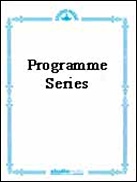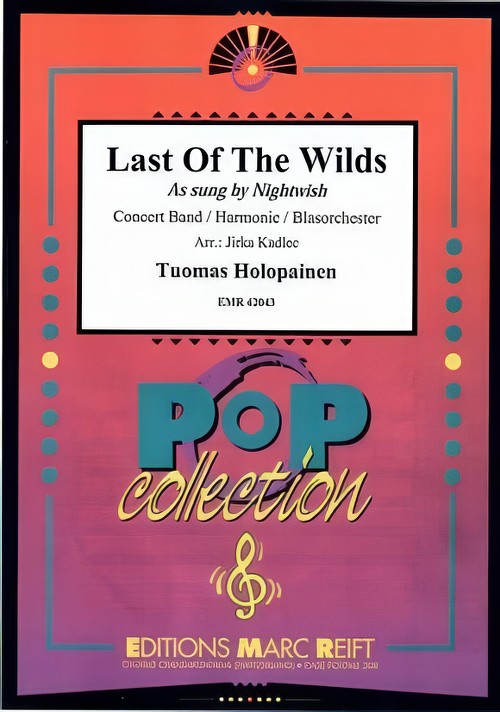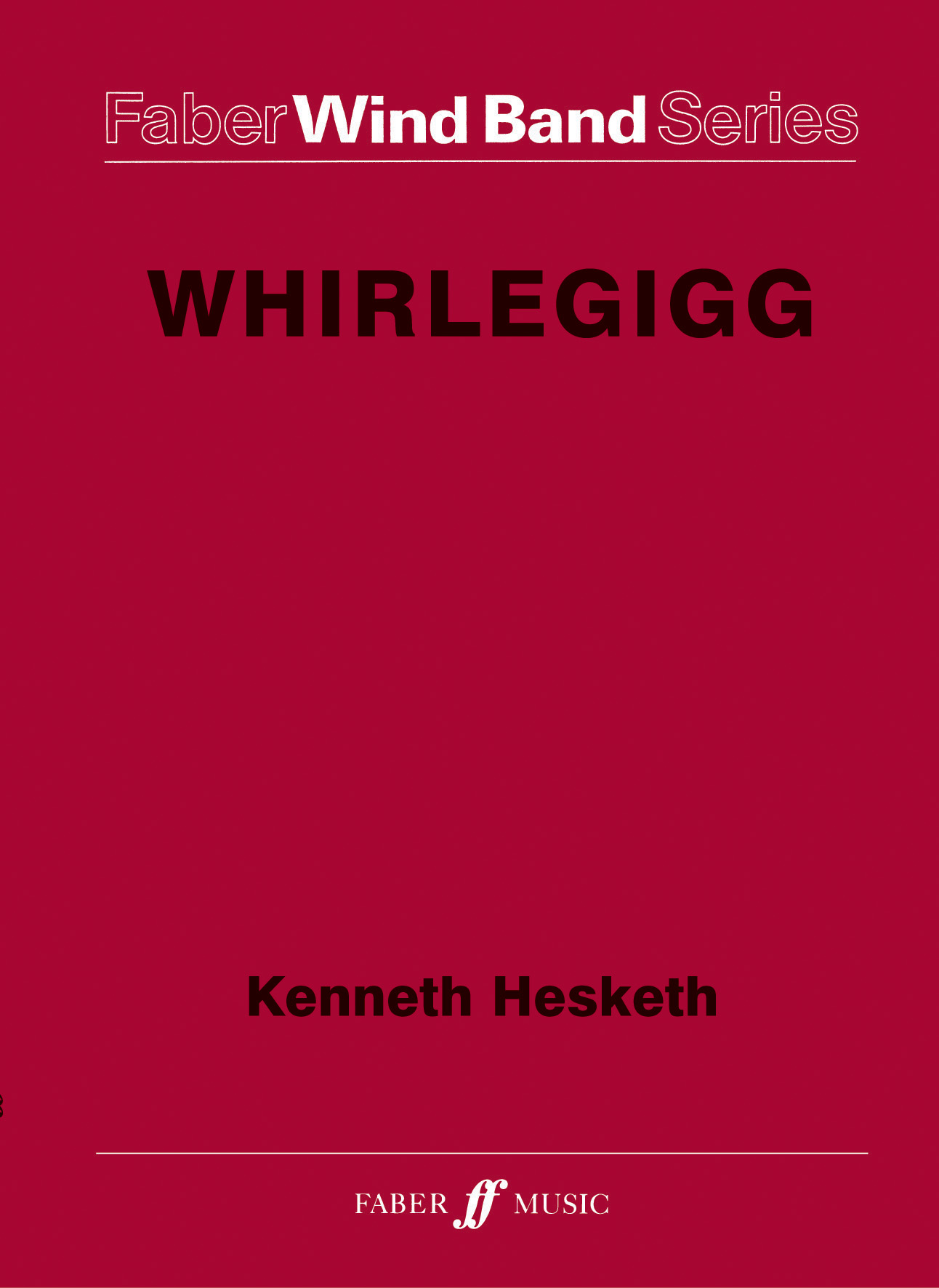Results
-
£109.00
Last Of The Wilds - Tuomas Holopainen - Jirka Kadlec
Estimated dispatch 10-14 working days
-
£70.99
Save The Best For Last
Estimated dispatch 10-14 working days
-
 £64.95
£64.95DANCING LADY (Programme Concert Band) - Wiffin, Rob
Originally written as the last movement of Sands of Time, a piece for clarinet choir. This Latin piece is perfect for full band.
Estimated dispatch 7-14 working days
-
 £115.00
£115.00Last of the Wilds (Concert Band - Score and Parts) - Holopainen, Tuomas - Kadlec, Jirka
As sung by NightwishDuration: 3.30
Estimated dispatch 7-14 working days
-
 £115.60
£115.60All This Time [Pick-Me-Up Song] - Maria Mena
Maria Mena has been one of Norway's most popular artists the last 15 years, releasing 25 singles and eight albums during this period.This beautiful, melodic song is one of her biggest hits released both as single and as a part of her "Causeand Effect" album in 2008.
Estimated dispatch 7-14 working days
-
£76.99
Funeral March - Hector Berlioz
Excerpted from: The last scene of Hamlet
Estimated dispatch 7-14 working days
-
£59.50
Last Friday Night (T.G.I.F) &The Edge of Glory
Estimated dispatch 7-14 working days
-
 £92.00
£92.00Last Of The Wilds - Tuomas Holopainen
Estimated dispatch 7-14 working days
-
 £149.99
£149.99Jericho - Bert Appermont
Jericho is the musical translation of the well-known story from the book of Joshua about the capture of the city of Jericho by the Israelites.Part 1 depicts the cruel journey through the desert to Canaan, the promised land. An emotional lamentation for the yearning for a home, for the end of a roaming existence.The capture of Jericho is the theme of part 2. The city cannot be captured immediately and Jehovah orders an impressive army to march around the city for six days. On the seventh day, they marched around the city seven times and the priests blew their trumpets and the people cried so loud that the walls of Jericho came tumbling down. The Jews stormed the city and drove theinhabitants away. The music clearly reveals the marching army and you can hear the walls falling down with a tremendous noise. However, there is quite some artistic freedom in the actual story.A majestic and grand melody subsequently evokes the triumphant emotions that emerged as the fortified city fell (part 3).Following a personal and romantic interpretation, the scene ultimately ends in a typical Jewish feast (part 4) whereby the virtuosity of melodies played by the woodwinds and the passionate rhythms refer to traditional Jewish music. All themes are repeated in this last part in various forms, often simultaneous and in duelling counterpoint. The piece ends with fragments from the main theme of part 1 in major: peace and quiet return at last.
Estimated dispatch 7-14 working days
-
£55.00
Whirlegigg - Kenneth Hesketh
Whirlegigg is the middle English word for a contraption that continuously spins. A great fascination with many inventors of the medieval period was to develop a perpetual motion machine constantly turning and giving off energy. This idea is particularly apt for this piece. A simple ternary structure gives ample opportunity for both boisterous and reflective material with gyrating accompanimental figures never far away. The machine almost stops near the end, but finally musters one last burst of excitement and energy to bring the work to its close.
In stock: Estimated delivery 1-3 days

